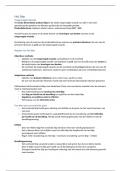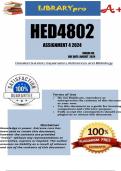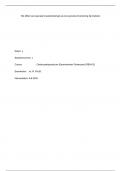Samenvatting
Summary ET4030 Error Correcting Codes - Cheatsheet
- Instelling
- Technische Universiteit Delft (TU Delft)
This PDF is a (legal) cheatsheet and can be used during the exam, containing all relevant information very densely presented.
[Meer zien]













